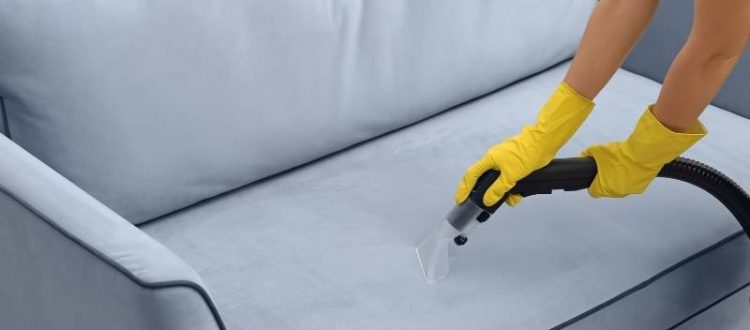Do you have a home that, in its present condition, shields you from the weather outside? Shelter from the environment is the primary purpose of a home, along with being a safe haven for you and your family. However, a home with exposure to the elements can develop severe issues.
For instance, wild animals or even strangers can invade the sanctuary of your home and cause damage. Or, if water gets into your house and accumulates, it becomes a breeding ground for mosquitoes. Water also causes dampness in the walls and even causes wood to rot and grow mold. These pose significant health hazards and structural damage as well.
To present these and a host of other issues, you must weatherproof your home and maintain it on a regular basis. If you’re not sure of the weatherproof effectiveness of your home, we invite you to continue reading to learn how to maintain a home that shields you from the weather outside.
4 Prevention Tips for a Home that Shields You from the Weather
1. Doors and Windows

Ventilation is an integral part of a house. Without ventilation, rooms end up feeling stuffy and suffocating. Ventilation also lets in natural sunlight. Remember, you need a certain amount of sunlight every day in order to keep mentally and physically fit. Sunlight also has the advantage of lowering your utilities by heating your home naturally.
This does not mean, however, that you should allow drafts. Drafts come in through gaps under doors and windows when they don’t fully meet the other surface. Rain and snow come in through these gaps, as well as insects and dust. So, contact experts to seal your doors and windows against the elements. If you prefer DIY methods, use adhesive-backed closed-cell foam to close the gaps.
2. Deep Clean for Allergy Prevention

Hay fever is a weather-related illness that is the most common allergy in the country. During spring, nature bursts into a process called pollination. Plants spread pollen spores via the wind and insects to propagate new generations. This pollen is a significant trigger for seasonal allergies. Being microscopic, pollen can enter your home and linger for months.
To prevent allergy flareups when you are inside the house, do a deep cleaning before every spring. Put particular emphasis on upholstery, carpets, and mattresses. These are the least cleaned areas in a home, and bacteria, pollen, and other harmful substances can build upon them. Keep a mudroom where you can discard the outer layer of clothes to prevent more pollen from coming in during hay fever season.
3. Protect Your Foundation
When you think of weatherproofing your home, you rarely think of the foundation. Unfortunately, this causes many people to ignore critical signs and take early preventative measures against an expensive problem.

You might even notice cracks appearing in areas covered with concrete like driveways, walkways, and stairs. Water gets into these cracks, freeze, and expand these cracks all the way down to the foundation. Even the smallest gap can grow deeper into the ground over just a few months.
To stop this, do inspections of your grounds every few months. If you find cracks, fill them in with appropriate material immediately. Many people choose UV-resistant calk designed for outdoor use to fill in these cracks and prevent further damage.
You can also wait for more cracks to appear and re-pave your driveway, depending on the level of damage you see. Check for cracks in your basement as well as under your house. These areas often develop cracks that go unnoticed for years.
4. Insulate Your Plumbing

People rarely think about protecting the structures inside the house like plumbing systems and pipes. This is an expensive mistake, especially since the weather in USA cities often gets to below freezing temperatures. Cold weather severely affects the structural integrity of pipes and plumbing systems, causing cracks and bursts. Pipe bursts damage more than just your pipes, it also damages your floors, walls, bathrooms, and more.
Without insulation for your pipes, the cost of your utilities goes up. Your heating systems suffer from thermal loss and need to work harder to maintain hot temperatures. Cold pipes freeze and burst, costing you thousands in property damage.
Choose tubular-sleeve insulation as a long-lasting, high-quality solution for your pipes. Make sure you install this insulation before winter sets in to protect yourself against damage.
Thanks for reading! Kindly leave your suggestions or questions in the comments below. We also include several links below that take you to more fantastic articles about ALL things DESIGN for your home or business.
Images Courtesy of Canva.
Other Posts You Might Enjoy:
How To Create A Beautiful Outdoor Living Space
6 Tips for Making Your Home More Energy Efficient





